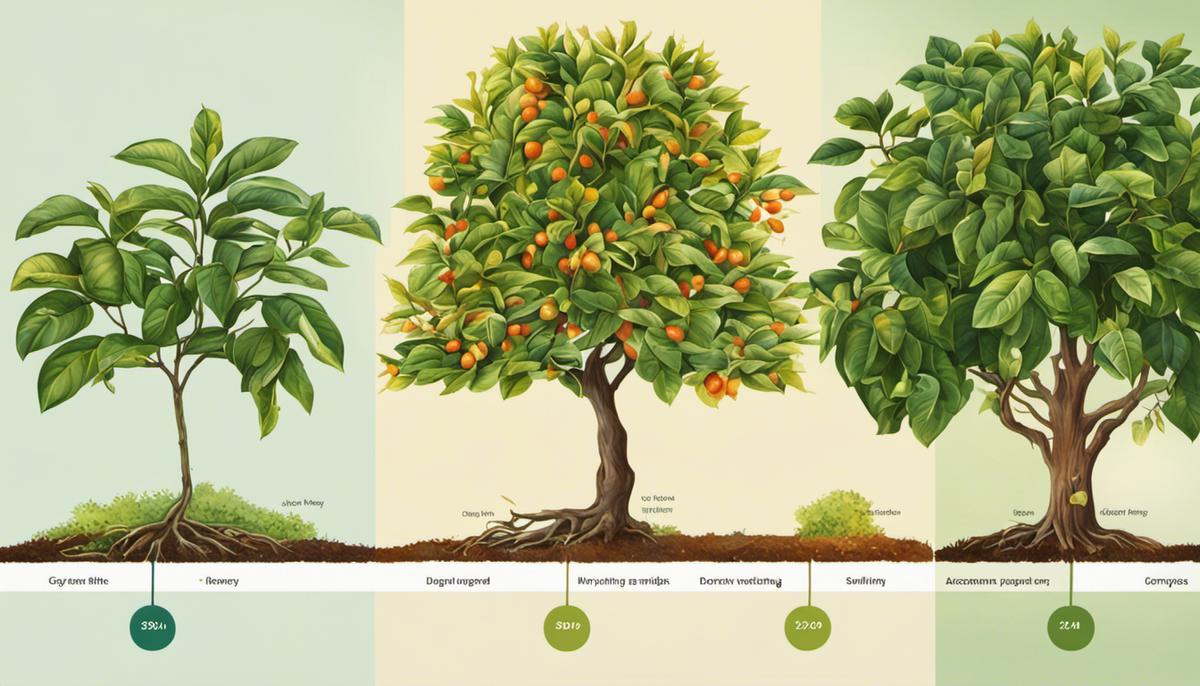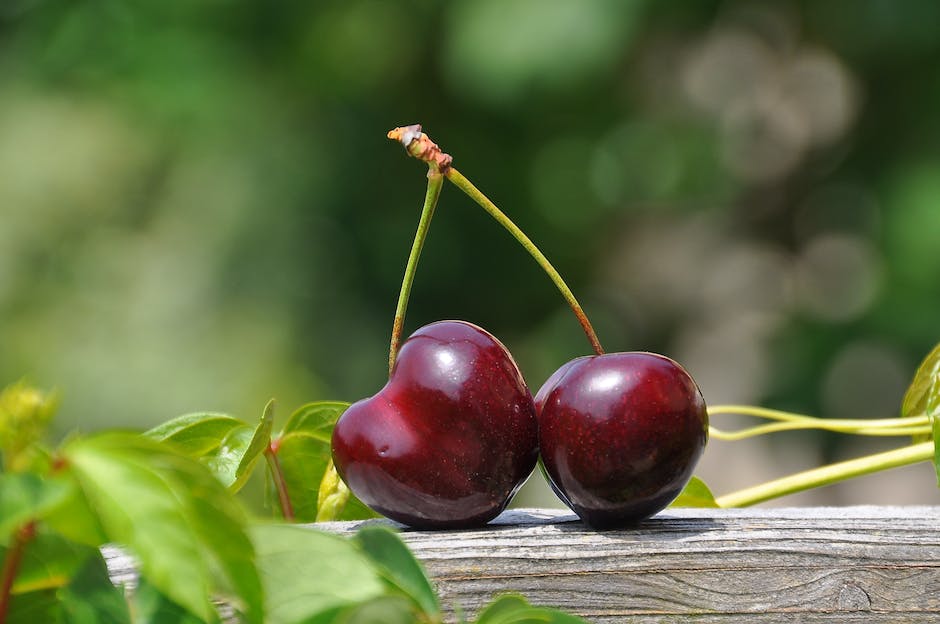Trimming Your Rubber Plant: A Step-By-Step Guide

Known for its glossy leafage and robust size, the rubber plant, scientifically known as Ficus elastica, is a popular houseplant widely coveted for its aesthetic appeal and relative ease of care. However, just like other indoor plants, the rubber plant needs occasional pruning to maintain its health and enhance its outward appearance. This essay seeks to provide deep, valuable insights into understanding the rubber plant’s growth cycle, pinpointing the best areas to cut, and mastering the practical aspect of pruning the rubber tree. Grasping these fundamentals will significantly simplify your pruning tasks, empower you to make timely and crucial decisions to ensure your plant maintains its vigor, and enhance its longevity.
Understanding the Rubber Plant Growth Cycle

Identifying Where to Cut
Cutting for growth: How to identify where to cut on a Rubber Plant
If you’ve embarked on the journey of growing a rubber plant or Ficus elastica, you’re well-equipped with the knowledge of its growth cycle and care regimen that’s in sync with the plant’s natural rhythm. Now, let’s get down to a crucial aspect of plant tending- pruning or determining where to cut on a rubber plant. Closely aligned with the care regimen, knowing when and where to cut increases the foliage’s vitality and helps shape the rubber plant aesthetically.
The genesis of your rubber plant pruning regime starts with the examination of new leaf growth known as leaf nodes. Those circular to semi-circular ridges present on the stem are precious indicators. Each circular ring on the plant signifies a leaf node. However, the trick here is to distinguish between active and dormant nodes.
Active nodes are the hottest buzz in the town! They are the sites that currently host a leaf, an aerial root, or maybe, a new branch. Upon cutting or pinching above an active node, the rubber plant is likely to sprout a new branch. On the other hand, dormant nodes are the places of potential growth and regeneration. Identifying these potential nodes can be a game-changer in your pruning process.
Next, look out for the ‘internodes’- the stem area between two nodes. These spaces often give you an understanding of the plant’s growth speed. The larger the internodes, the faster your plant has grown. Pruning just above the nodes, especially the ones with smaller internodes, stimulates slower but healthier growth. The cut should be neat and sharp, using a sanitized, sharp knife or scissors to prevent any pathogen from harming your plant in the process.
While pruning above the nodes is the green thumb rule, the type of pruning- pinching or cutting- depends on the desired growth pattern. Do you want to encourage more leafy growth, or are you aiming for bushier, lateral growth? If you want your rubber plant to grow taller and leafier, select a strong, healthy, and well-developed leaf node. For a bushier growth, pick a leaf node at a point where you wish for a new branch to sprout.
Going a step further, you can also optimize the plant’s height by opting for topping. This method involves cutting off the top of the plant just above a leaf node. However, consider this method only if your plant is mature enough. Additionally, the cut-off portion can be propagated, leading to two healthy plants.
Given that rubber plants ooze a milky latex sap that can create messes and even pose skin irritation, you’ll want to have a clean cloth nearby to wipe off any excess sap and wash your hands immediately after pruning.
As intricately intertwined with the growth cycle as these pruning tasks might be, remember that timing is just as vital. Late winter or early spring, coinciding with the start of the growing season, is often considered the best time to make that critical cut.
In a nutshell, while the Ficus elastica might seem a bit of a challenge, it’s not as intimidating once you break it down to the leaf nodes and internodes. With your hobbyist zeal, knowledge artillery, and some careful cuts, your rubber plant is bound to thrive!

Pruning Technique for Rubber Plants
As you delve further into the intimate world of rubber plant care, you’ll discover that proper culturing techniques largely involve the right methods of pruning. This is where we apply our knowledge about the growth cycle of the Ficus elastica, leaning into its rhythm to ensure its best health.
Firstly, the necessity of pruning cannot be understated. Often, inexperienced enthusiasts might shy away from this process, fearing harm to their treasured plant. However, pruning rubber plants prompts more growth, encourages bushiness, and keeps errant branches in check. It’s an act of kindness, not cruelty!
The secrets of efficient pruning lie within the leaf nodes, those little bumps on the stem signaling a potential growth point. Active nodes are usually found on the upper parts of the plant and are the source of new leaves during the growing season. Dormant nodes, conversely, are the “sleeping giants” that only spring into action after the active nodes are gone, typically post-pruning. Understanding this distinction and stimulating strategic growth is crucial for a well-formed rubber plant.
Internodes, the sections between two nodes, can also indicate the plant’s growth speed. Longer internodes suggest the plant is stretching for light, whereas shorter ones indicate good light exposure and rapid growth. This little insight is often overlooked, but can inform other care decisions like positioning and pruning.
Pruning is all about precision; neat and sharp cuts minimize stress and facilitate quicker healing for the plant. Depending on your desired growth pattern, you may choose between pinching or cutting. A pinch can prompt a bushier growth, while cuts are great for shaping the plant and removing larger parts.
If the plant gets too tall for your liking, the topping method is your go-to solution. It involves cutting the plant straight across the top to constrain its height. It’s a drastic move, but fear not, rubber plants are resilient and will bounce back with renewed vigor!
For newcomers, the latex sap that bleeds from a freshly cut rubber plant may be quite a surprise. This sap can irritate skin and eyes, so during pruning, remember to use caution, wear gloves, and keep it away from your face.
Though it’s mostly safe to prune rubber plants anytime, it’s best done during spring and early summer, when the plant is in its robust growth phase. This optimal timing ensures the plant can recover quickly and make the most out of the growing season.
Overall, mastering pruning techniques isn’t just about beautifying your rubber plant. It is a significant step forward in your journey as a plant hobbyist. It encapsulates comprehension of your plant’s needs, the skill of making just the right cut, and the patience to wait for the fruits of your labor. Truly, in the art of pruning, you’ll find the essence of plant care. Happy pruning!

Pruning is indeed a crucial care aspect for the rubber plant, vital in ensuring its continual growth and health maintenance. By understanding the rubber plant’s growth cycle, one is equipped with knowledge on the best time to trim and shape the plant without causing undue stress. Identifying where to cut on the plant is also essential, aiding in removing not only visually unattractive sections, but also elements that may be detrimental to the plant’s health. Lastly, the hands-on technique of pruning rubber plants plays a pivotal role in the plant’s ability to heal and continue thriving after the cut. Set these applications into motion to invigorate your rubber plant and keep it beautiful and vigorous all year round.



